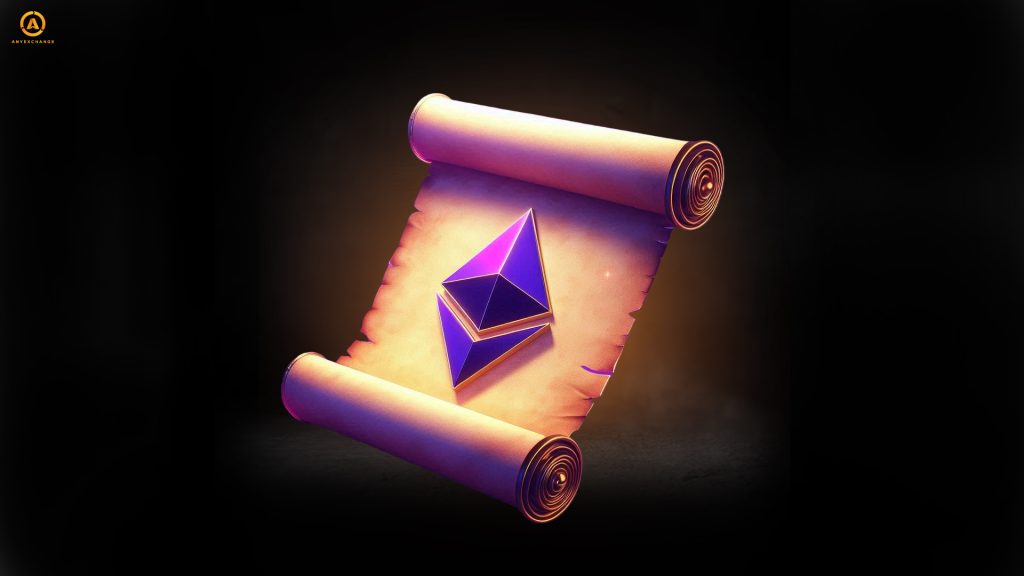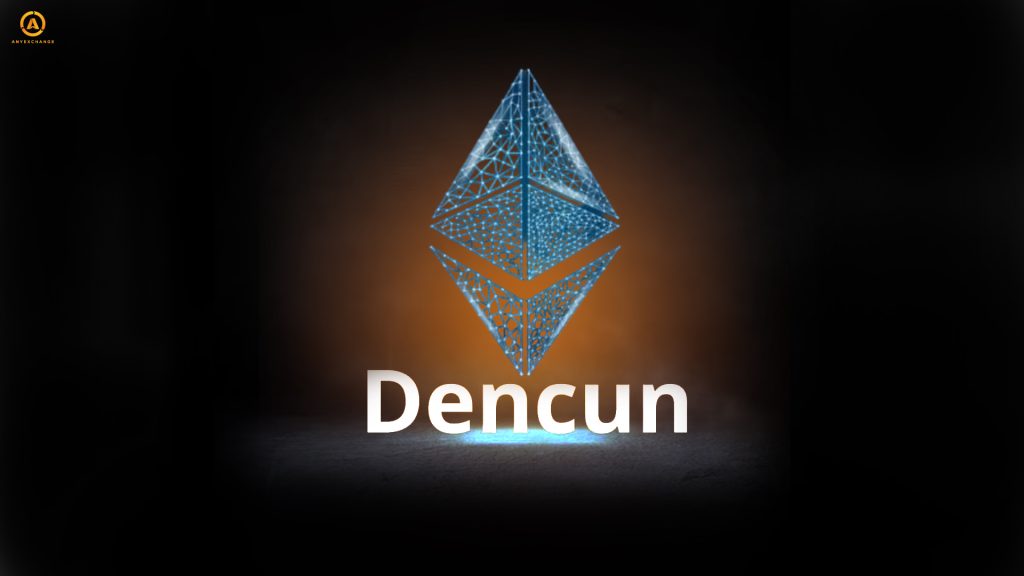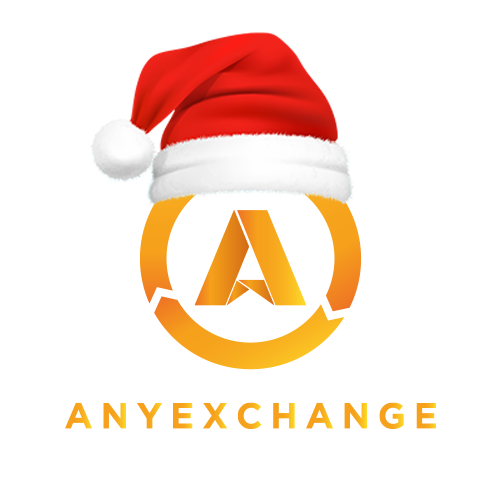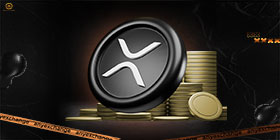
Ethereum is the leading platform for smart contracts and decentralized applications. A dynamic and cohesive ecosystem, a strong community, and a history of successful innovation form a solid foundation for the steady evolution of the Ethereum blockchain. New tools and mechanisms are regularly introduced to the network, ensuring the smooth evolution of the project, and innovation in Ethereum has become a benchmark for most developers of advanced decentralized solutions.
In particular, the entire market is watching to see how the team solves the key problems facing many platforms today: limited scalability and the resulting high transaction costs. Unresolved scalability issues are a major barrier to mass adoption because the higher the load on the network, the slower the speed and higher the cost of transactions.
Increasing Ethereum’s scalability is being done in several ways. One of the most actively used is the use of various Layer 2 technologies, which is the focus of this article. Let’s take a look at what Layer 2 technologies are used in Ethereum, what they are, and how they manifest themselves in the context of the world’s second most capitalized blockchain.
Preconditions for Layer 2 solutions on the Ethereum network
Decentralized systems are by nature forced to exist in the conflict of the so-called “blockchain trilemma”. It consists in the fact that it is impossible to create a decentralized, secure and scalable network. One of the three always suffers. In the case of Ethereum, the weak link is scalability.
The architecture of early blockchains, most notably Bitcoin and Ethereum, was not originally designed for a massive number of highly active users. Therefore, increased throughput was not built in from the beginning. And as a result, Bitcoin’s TPS is 5-7 and Ethereum’s transaction rate is around 15. So today we see that scalability is still a pressing issue for the network, even ten years after its launch.
The scalability problem can be solved by sharding (fragmenting network data into smaller, independent segments that can perform transactions, reducing the load on nodes and speeding up transactions). However, this method poses security risks to the blockchain and requires changes to the network architecture. Its implementation will take years and require a concerted effort from the community. The implementation of sharding therefore faces certain challenges.
L2 solutions, on the other hand, can overcome the problems of insufficient bandwidth and high fees on the Ethereum network without affecting the underlying blockchain architecture.
Layer 2 Ethereum Solutions

Therefore, Layer 2 (L2) solutions were created to overcome the problems of low bandwidth and high fees by increasing scalability. Layer 2 is an additional layer built on top of the core infrastructure of a decentralized network (Layer 1), whose main purpose is to improve the performance of the blockchain. Layer 2 tools are designed to process transactions outside of the main blockchain, taking some of the load off it. They allow assets to be transferred between Layer 1 addresses via Layer 2, which can be implemented either as an off-chain protocol or as a separate blockchain. L2 solutions can provide high bandwidth while inheriting the security of the underlying network.
Types of Layer 2 solutions

Rollups
Ethereum has widely adopted a rollup-oriented approach to scaling. Rollups are solutions that perform computations and transactions outside the core chain, keeping only the minimum necessary transaction data in the core chain. They perform a certain number of transactions outside the blockchain, while sending aggregated data about them in the form of a single “batch” transaction.
There are two main types of rollups, depending on how they verify the truth of the data being transmitted:
- Optimistic rollups.
- ZK rollups (Zero-Knowledge rollups, which are increasingly used in Ethereum).
These are based on the optimistic assumption that all transactions are trustworthy by default, requiring intervention by the underlying network only in the event of a claim. This approach speeds up transactions, but in the event of a dispute, it can take considerable time to resolve disagreements. The most advanced solutions of this type are Optimism and Arbitrum.
The zero-disclosure proof-of-stake principle used in them allows to confirm the truth of a transaction without disclosing the data involved in it.
This advanced method provides increased security for such Layer 2 solutions while maintaining excellent performance. A prime example of the successful use of Zero-Knowledge Rollup technology is zkSync, which processes transactions offline with maximum privacy and security. Polygon was also implemented on the basis of zk-Rollups. Another demonstration of zk-Rollups is the Loopring protocol, which is used to create decentralized exchanges based on Ethereum and to optimize DeFi transactions. Vitalik Buterin, the network’s co-founder and mastermind, considers zero-disclosure rollup technology to be central to scaling Ethereum.
State Channels
State channels allow community members to conduct transactions outside of the network, with the ability to periodically updаte the state on the blockchain. One example is the Raiden Network, which allows ERC-20 tokens to be exchanged on the Ethereum network without having to register transactions on the blockchain each time. This solution works on the principle of the Lightning Network implemented in the Bitcoin network.
Pros and Cons of Layer 2 Solutions for Ethereum
Advantages
Thus, the power of L2 solutions lies not only in optimizing the performance of applications that have their bridgehead on Ethereum, but also in providing great opportunities for deploying new, guaranteed secure and maximally decentralized projects.
Disadvantages
Current situation in Ethereum and outlook for L2 solutions
Ethereum is the world’s second most capitalized cryptocurrency and the most loaded blockchain platform for decentralized applications, on which most DeFi projects and NFTs are deployed. Therefore, the problem of low speed, scalability and high commissions during the period of active development of the network is particularly acute for it.
Dencun updаte

In March 2024, the Dencun hardfork was implemented in the Ethereum network, the main purpose of which was to improve scalability as part of the transition to Ethereum 2.0. Its introduction is considered a success by experts. Despite some inflation that ETH began to experience, the number of transactions in the network began to reach new highs, and the average cost of commissions reached record lows, demonstrating clear success with scalability.
One of the main components of the upgrade was the implementation of EIP-4844, which realized the ability to conduct BLOB transactions (a new type of transaction that frees up additional space for temporary data storage). As a result, the cost of Ethereum’s second-level storage was significantly reduced, which impacted users in the form of significantly lower fees (down to cents). This option allowed to reduce the cost of transactions in L2 dozens of times, which gave a new impetus to their development. As another way to scale Ethereum after Dencun, Vitalik Buterin outlined parallelizing rollup processing for even greater efficiency.
In fact, Ethereum has transformed into an L2-centric ecosystem in recent years, and they are being prioritized in the blockchain strategy. Thus, layer 2 networks are now in an active trend.
According to the results of Dencun, the Arbitrum, Optimism and Polygon protocols show significant growth in the quotations of their tokens. By the way, Arbitrum is becoming an increasingly prominent player in the Ethereum ecosystem, occupying more than 41% of the L2 scaling solutions market.
As for Ethereum’s competitors — the term “Ethereum killers” is often applied to them — the situation continues to develop in such a way that some networks can compete with the main altcoin only by some criteria (it can be the number of transactions, daily volumes or TVL). However, it is definitely too early to talk about “killing ethereum” in the foreseeable future.
The list of competitors usually includes Avalanche, Fantom, Polygon and Cardano — successfully developing projects that offer a solution to Ethereum’s problems with bandwidth, fees and limited scalability. The network is also often compared to the Polkadot multichain, but they are not direct competitors. Multichain and Ethereum have mature ecosystems and great futures, but they have different goals and serve different purposes.
The future of Ethereum
Ethereum maintains its own advantages and does not slow down the pace of development and innovation towards the transition to Ethereum 2.0 and mass adoption of blockchain and cryptocurrency. The actions of the development team demonstrate a sustained commitment to improving the position of the blockchain platform. As L2’s technologies continue to evolve, we will see further increases in efficiency and decreases in the cost of transactions on the Ethereum network.
Thank you for your time.
AnyExchange is an exchange company that has been successfully operating in the international market for more than 5 years. With our help, you can quickly and safely convert popular cryptocurrencies at the most favorable rate . Worldwide money transfers are available on the site.





